45 low fat label requirements
21 CFR 101.62 -- Nutrient content claims for fat, fatty acid ... - eCFR (iii) A “100 percent fat free” claim may be made only on foods that meet the criteria for “fat free” in paragraph (b)(1) of this section, that contain less than ... PDF A-A-20338A Fluid Milk and Milk Products - Low fat milk . Type D - Nonfat/skim/fat free milk . Type E - 100 percent lactose free milk . Type F - 100 percent lactose free reduced fat milk . ... All fluid milk and milk products must comply with the labeling requirements in 21 CFR Parts 101 and 131, and 21 CFR§130.10. All ingredients must be declared by their
Nutrition claims - Food labelling e-learning course The extent of the difference must be stated in the product's labelling and must be at least 30% for most nutrients, but only 25% for 'reduced sodium' or ' ...
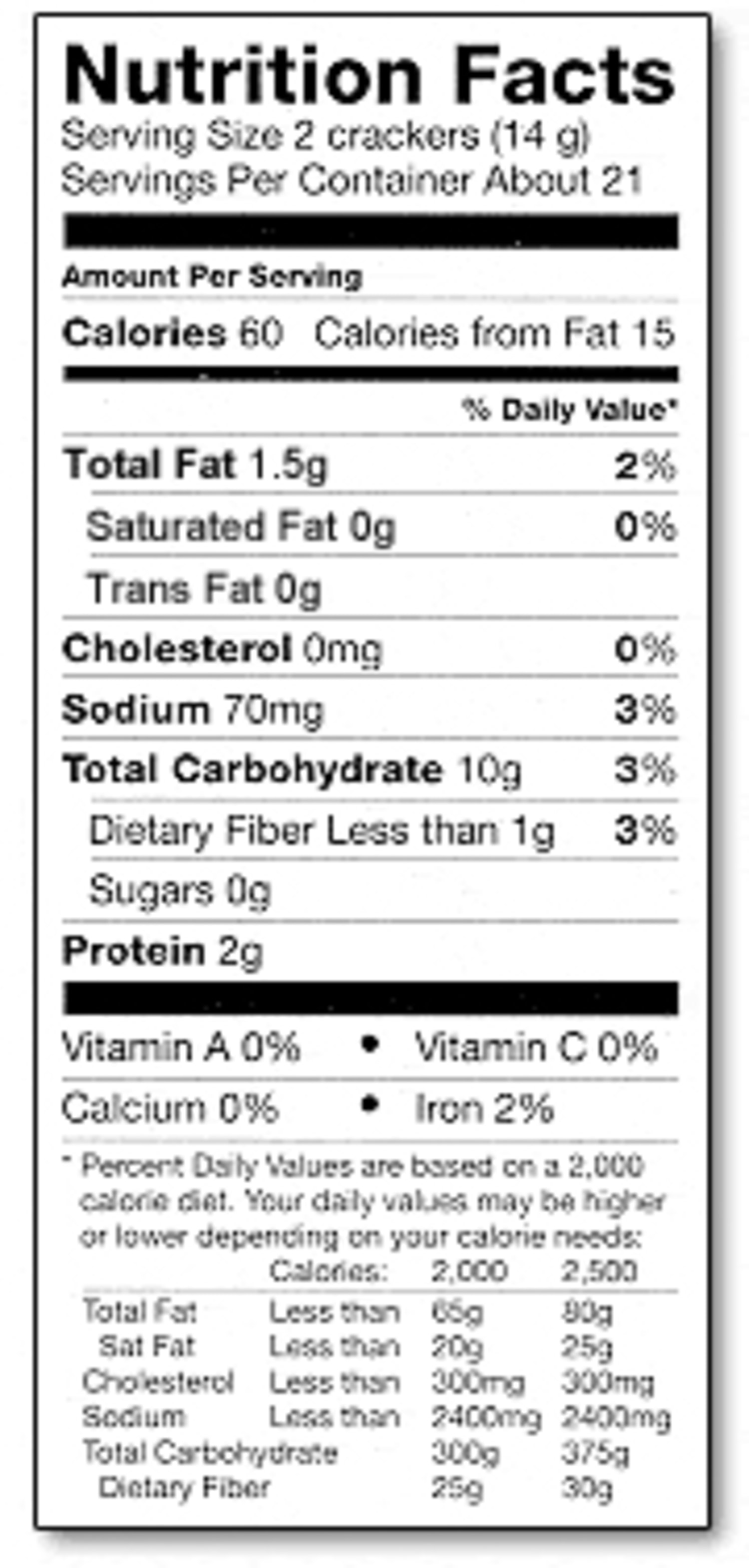
Low fat label requirements
Nutrition Labeling - Questions and Answers - Food Safety and … Web13 apr. 2012 · The regulations under 9 CFR 317.8(a) and 319.15(a) require a product labeled as “ground beef” to contain no more than 30 percent fat. Therefore, it is up to the … Nutrient Content Claims - FDA Reader "Low Calorie" Claims · The food must have a serving size of >30grams and has fewer than 40 calories per serving. · If the food naturally meets ... Dietary fat: Know which to choose - Mayo Clinic Feb 15, 2023 · The Dietary Guidelines for Americans suggest that less than 10% of calories a day should be from saturated fats. The American Heart Association suggests a goal of 5% to 6% of daily calories from saturated fats. Foods high in saturated fats include: Foods baked or fried using saturated fats.
Low fat label requirements. FDA Food Product Labeling & Packaging Requirements | ESHA ... Mar 15, 2022 · Mandatory nutrients (total calories, total fat, saturated fat, trans fat, cholesterol, sodium, total carbohydrate, dietary fiber, total sugars, added sugars, protein, vitamin D, calcium, iron, potassium) Placement: In general, place the Nutrition Facts Label on the PDP or the Information Panel, near the ingredient statement. Ingredient Statement Food Labeling & Nutrition | FDA Jan 25, 2023 · Food labeling is required for most prepared foods, such as breads, cereals, canned and frozen foods, snacks, desserts, drinks, etc. Nutrition labeling for raw produce (fruits and vegetables)... FDA Regulatory Requirements for Nutrient Content Claims - NCBI Low fat (i.e., 3 g or less fat per RACC). Low saturated fat (i.e., 1 g or less per RACC and 15% or less of calories from saturated fat. Sodium ... Fat labels Foods that are labeled with something like "90% fat free" must meet the criteria for the "low fat" label (3 grams of fat per serving or less). If the claim is "100% fat free," it must meet the criteria for a "fat free" label (less than 0.5 grams of fat per serving).
CFR - Code of Federal Regulations Title 21 - Food and Drug ... Mar 28, 2023 · (i) For foods that have a reference amount customarily consumed greater than 30 g or greater than 2 tablespoons and contain 13 g or less of total fat per reference amount customarily consumed and... Nutrition and Labelling | CODEXALIMENTARIUS FAO-WHO WebThe Codex Committee on Nutrition and Foods for Special Dietary uses (CCNFSDU) addresses a wide range of technical and regulatory issues for foods that can contribute to … What the Labels Mean Food and Drug Administration (FDA) food labeling regulations require that essentially all food labels provide nutrition information to help consumers make informed food choices. The regulations have a significant impact on low-calorie, low-fat and "light" foods and beverages which are so popular today. Definitions for terms such as "light ... Low Fat and Reduced Fat—Do They Mean the Same Thing? Jun 22, 2019 · If you want to find products even lower in fat, look for the fat-free designation. To be labeled as fat-free, a product must have 0.5 grams of fat or less per serving. It must not have a fat-based ingredient like oil. Note that low fat does not necessarily mean a product is low in saturated fat.
Food Packaging Claims | American Heart Association If a food claims to be …. It means that one serving* contains …. Fat free. Less than 0.5 g fat and no ingredient that is fat. Low fat. 3 g of fat or less (and not more than 30% of calories from fat for meals and main dishes) Reduced fat or less fat. At least 25% less fat than the regular product. Low in saturated fat. Nutrition Labeling - Questions and Answers - Food Safety and ... FSIS has now published the nutrition labeling final rule, which permits a statement of lean percentage on the label or in labeling of ground or chopped meat and poultry products that do not meet the regulatory criteria for "low fat," provided that a statement of fat percentage is also displayed on the label or in labeling. Food labelling and packaging - GOV.UK WebYou have to follow certain rules if you want to make a nutrition claim (for example, low fat) or a health claim (for example, calcium helps maintain normal bones). You cannot claim … Food labelling and packaging: Nutrition, health claims and supplement ... Nutrition labelling. You must follow nutrition labelling information rules for all pre-packed products unless both of the following apply: you're a small business with under 10 employees and a ...
low fat food - CFR - Code of Federal Regulations Title 21 - FDA (iii) A "100 percent fat free" claim may be made only on foods that meet the criteria for "fat free" in paragraph (b)(1) of this section, that contain less than ...
Daily Value on the New Nutrition and Supplement Facts Labels First, let’s look at how Daily Value (DV) and Percent Daily Value (%DV) work together. DVs are the recommended amounts of nutrients to consume or not to exceed each day. The %DV is how much a nutrient in a single serving of an individual packaged food or dietary supplement contributes to your daily diet. For example, if the DV for a certain nutrien...
Specific nutrient content claim requirements - Canadian Food … WebThe food contains: (a) 0.3 g or more of omega-3 polyunsaturated fatty acids per reference amount and serving of stated size; or. (b) 0.3 g or more of omega-3 polyunsaturated fatty …
NUTRITION LABELING AND EDUCATION ACT (NLEA) … WebWhen levels exceed: 13g Fat, 4g Saturated Fat, 60mg Cholesterol, and 480mg Sodium per reference amount, per labeled serving or, for food with small reference amounts, per 50 …
eCFR :: 21 CFR 101.65 -- Implied nutrient content claims and related ... An implied nutrient content claim can only be made on the label and in labeling of the food if: ( 1) The claim uses one of the terms described in this section in accordance with the definition for that term; ( 2) The claim is made in accordance with the general requirements for nutrient content claims in § 101.13; and.
Understanding Food Terms - American Cancer Society Low-fat: 3 g (grams) or less per serving Low-saturated fat: 1 g or less per serving, with not more than 15% of the calories coming from saturated fat Low-sodium: 140 mg (milligrams) or less per serving Very low sodium: 35 mg or less per serving Low-cholesterol: 20 mg or less per serving Low-calorie: 40 calories or less per serving
Nutrition and Labelling | CODEXALIMENTARIUS FAO-WHO Codex also provides guidance on general labelling of foods and the health or nutrient claims producers make on labels, with terms such as "low fat", "high fat" etc. Codex guidance ensures that consumers understand what they are buying and that "it is what it says it is".
CFR - Code of Federal Regulations Title 21 - Food and … Web28 mar. 2023 · A claim about the level of fat, fatty acid, and cholesterol in a food may only be made on the label or in the labeling of foods if: (1) The claim uses one of the terms …
Appendix C: FDA Regulatory Requirements for Nutrient Content ... Low fat (e.g., 3 g or less per 100 g and not more than 30% of calories from fat). • Low saturated fat (e.g., 1 g or less per 100 g and less than 10% of calories ...
Nutrition labelling - Food Safety WebIt must provide the energy value and the amounts of fat, saturates, carbohydrate, sugars, protein and salt of the food. The declaration must be presented in a legible tabular format …
Reading food labels: Tips if you have diabetes Nutrients and Daily Value: The label must list the amounts of total fat, saturated fat, trans fat, cholesterol, sodium, total carbohydrate, dietary fiber, sugars, protein, vitamin D, calcium, iron and potassium that are in one serving. The Daily Value (DV) tells you how close you are to meeting your daily requirements for each nutrient.
Low Fat Nutrient Content Claim - LabelCalc Web16 aug. 2017 · FDA Guidelines For Using the Low Fat Nutrient Content Claim In order to use the words “low-fat” on your product label, you have to meet a few stringent guidelines …
A Guide to Federal Food Labeling Requirements for Meat and ... Section II provides an overview of the basic food labeling requirements, including the prior label approval process, establishment responsibilities, temporary label approvals, and other facets of the preapproval process. Sections III through XII address in detail each of the up to eight
Nutrition claims - Language selection | Food Safety - European Union SATURATED FAT-FREE. A claim that a food does not contain saturated fat, and any claim likely to have the same meaning for the consumer, may only be made ...
Low-Fat Foods A good rule of thumb when you're reading food labels: For every 100 calories, if the product has 3 grams of fat or less, it's a low-fat product. This means 30% or less of the calories come from fat. Foods like margarine, mayonnaise, and some salad dressings that get most of their calories from fat must have half or less than half the fat of ...
Low Fat Nutrient Content Claim - LabelCalc Aug 16, 2017 · Low Fat Nutrient Content Claim - LabelCalc LabelCalc Overview demo What Needs to Be on an FDA Nutrition Label? The FDA Made These Changes to The Nutrition Fact Labels in 2022 How to Tackle FDA Regulations as a New Food Business
Nutrition Labeling and Education Act (Nlea) Requirements-attachment 1 If a food is low in total fat, must state total fat in conjunction with claim such as mor"More Fiber". (*) Dietary supplements of vitamins and minerals cannot use these claims to describe any...
Nutrition declaration - EU labelling rules - Your Europe Web11 feb. 2022 · This is called ‘nutrition declaration' and must appear directly on the package or on a label attached to it. The nutrition declaration must include the following information: …
Dietary fat: Know which to choose - Mayo Clinic Feb 15, 2023 · The Dietary Guidelines for Americans suggest that less than 10% of calories a day should be from saturated fats. The American Heart Association suggests a goal of 5% to 6% of daily calories from saturated fats. Foods high in saturated fats include: Foods baked or fried using saturated fats.
Nutrient Content Claims - FDA Reader "Low Calorie" Claims · The food must have a serving size of >30grams and has fewer than 40 calories per serving. · If the food naturally meets ...
Nutrition Labeling - Questions and Answers - Food Safety and … Web13 apr. 2012 · The regulations under 9 CFR 317.8(a) and 319.15(a) require a product labeled as “ground beef” to contain no more than 30 percent fat. Therefore, it is up to the …


:max_bytes(150000):strip_icc()/Untitled-design-1--575368573df78c9b4691365f.jpg)
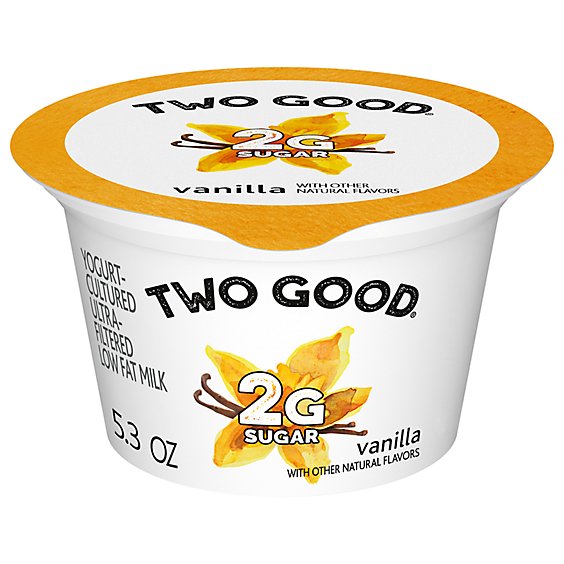
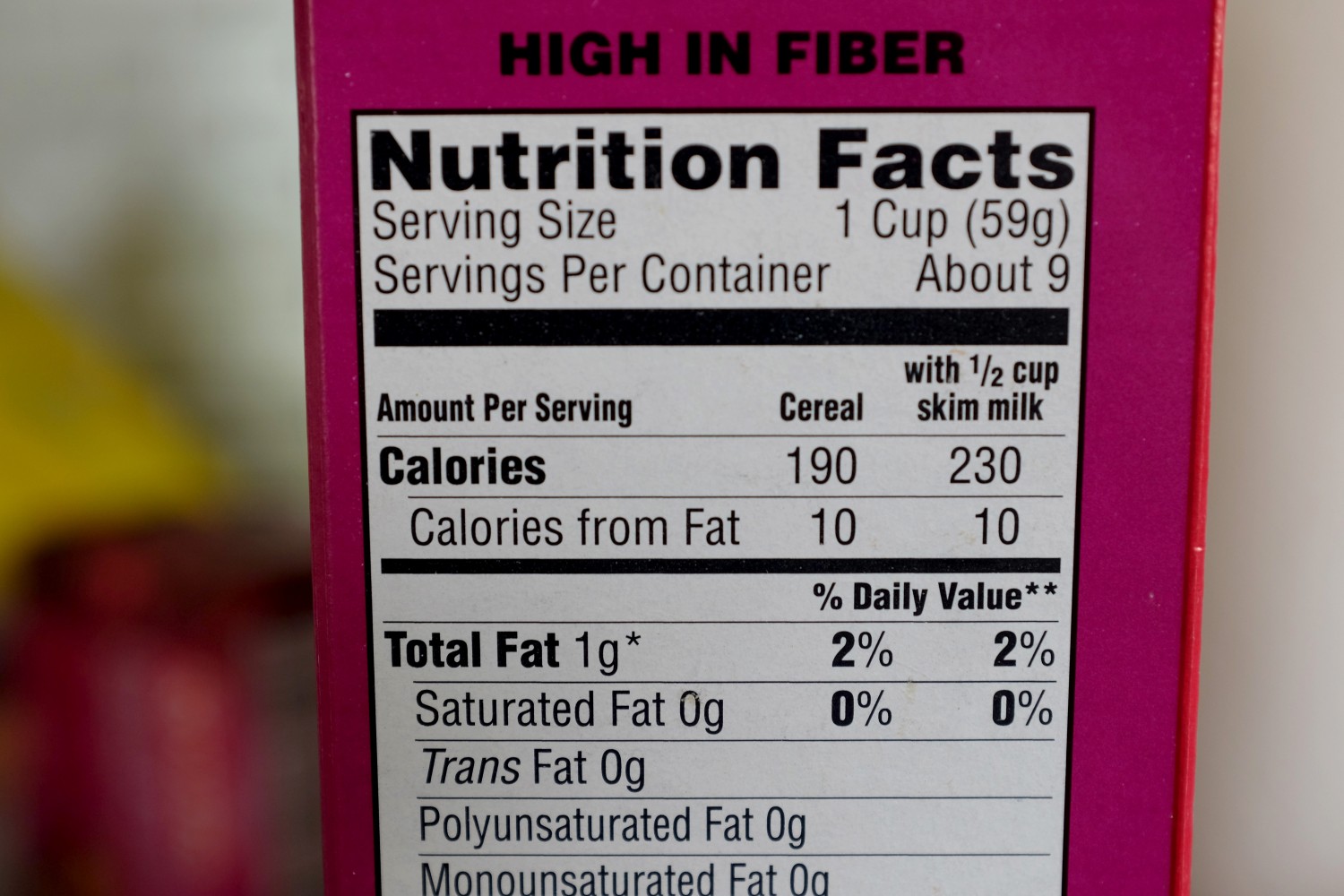
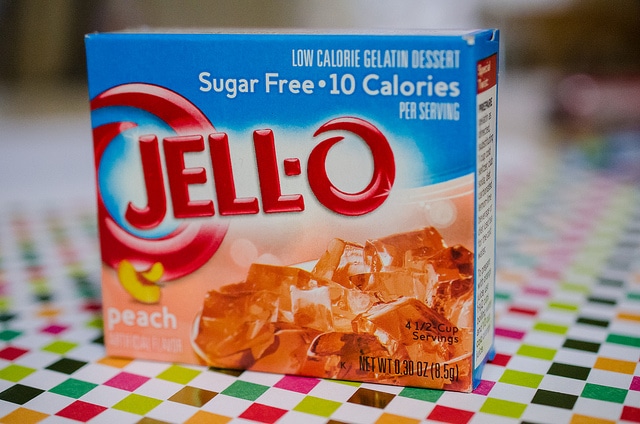







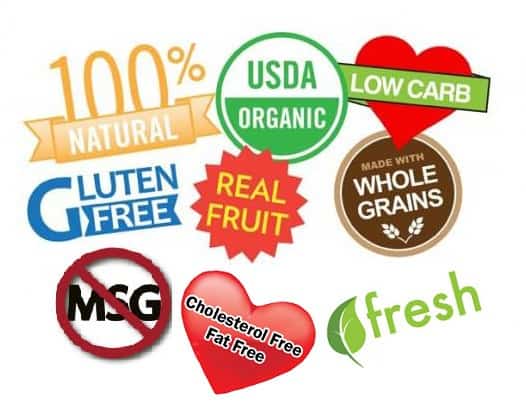

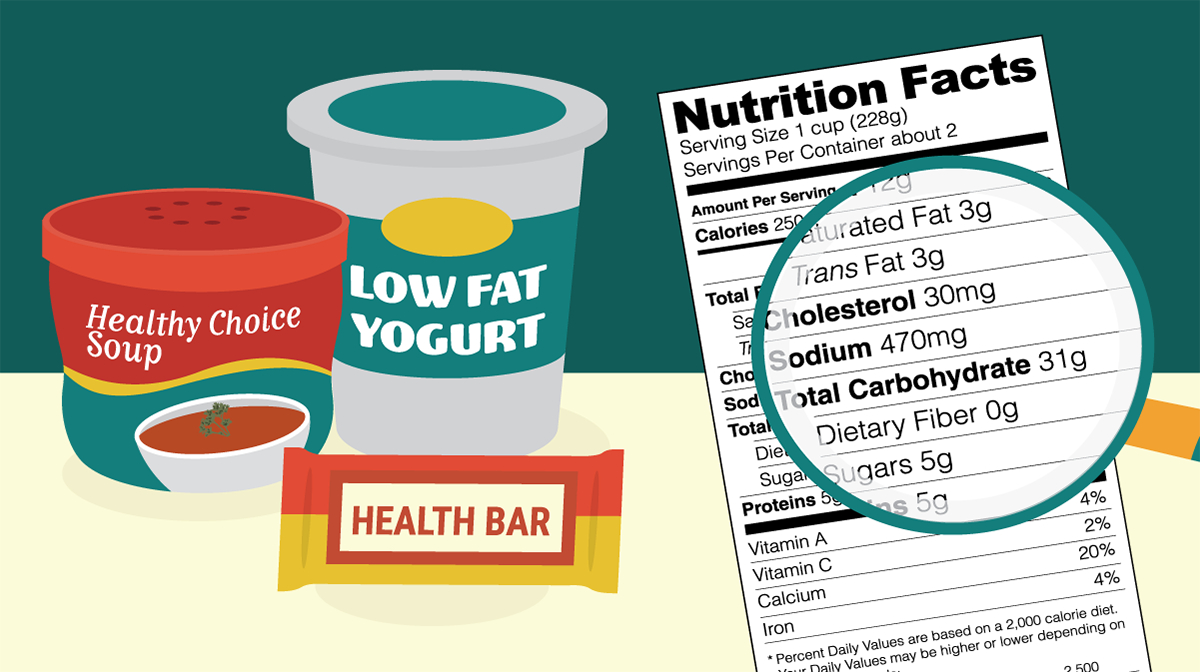

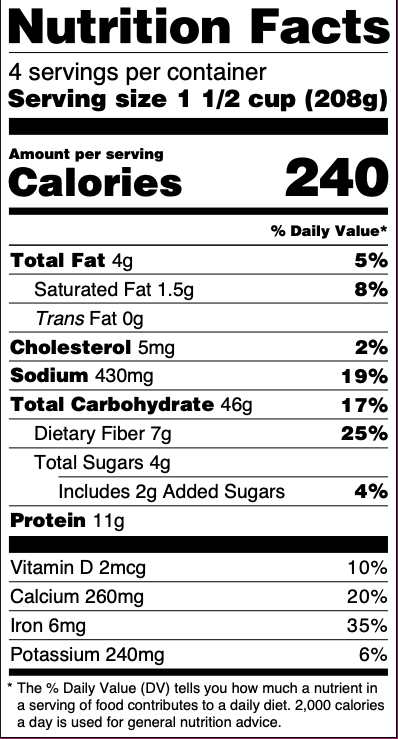
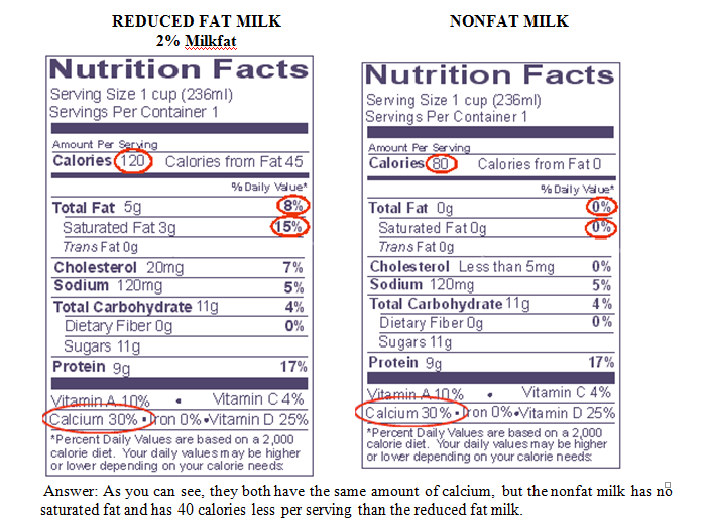
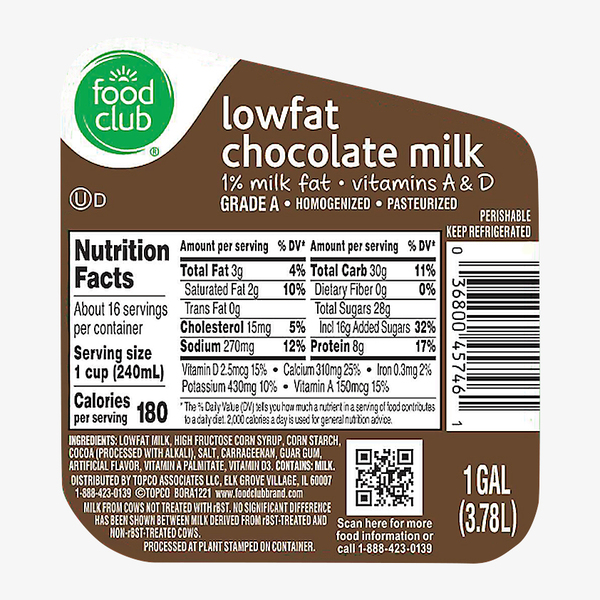

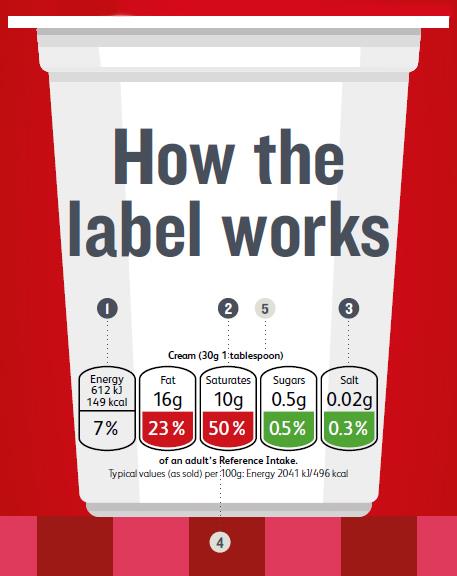
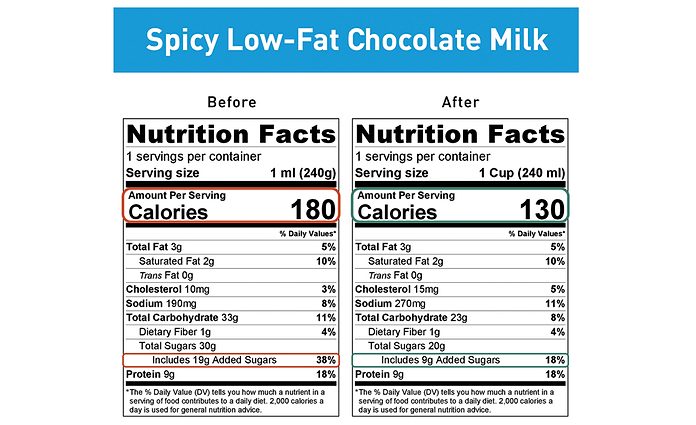

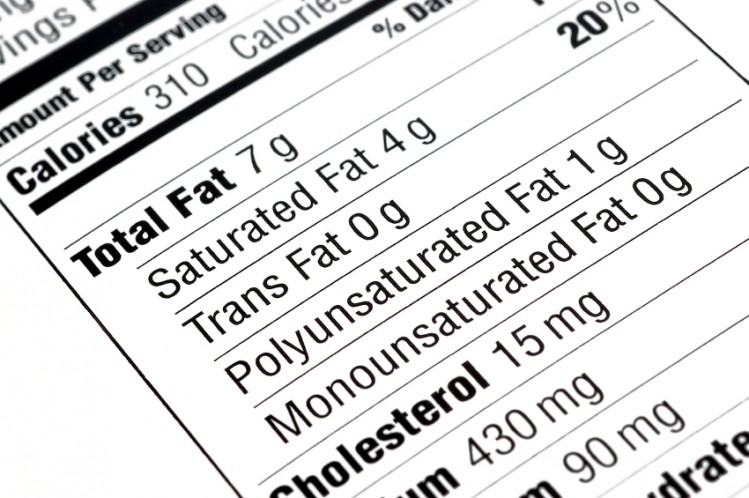

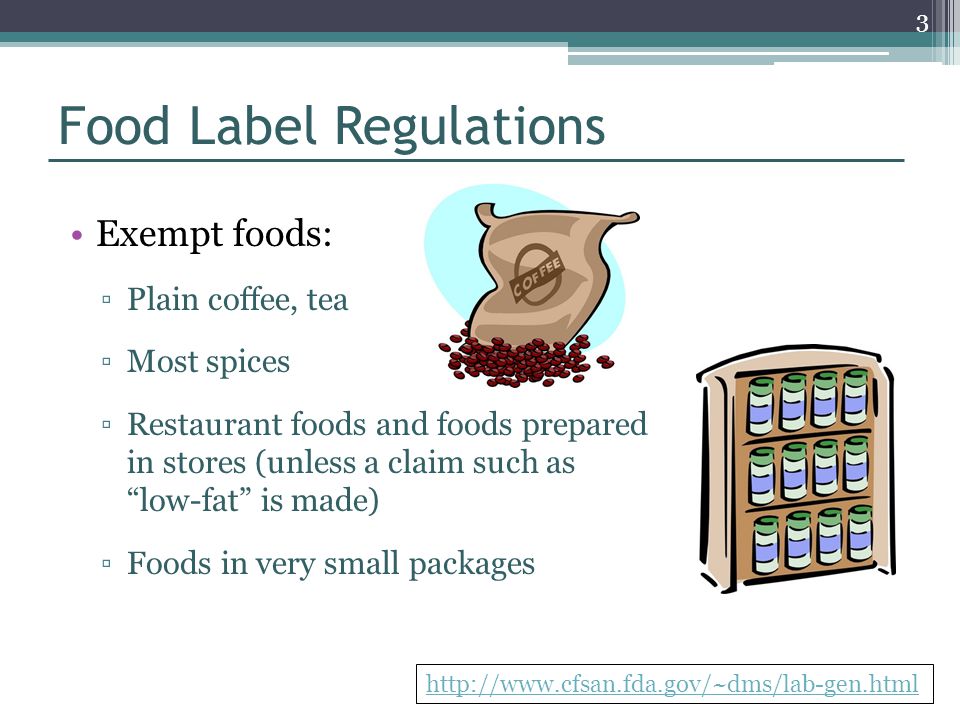

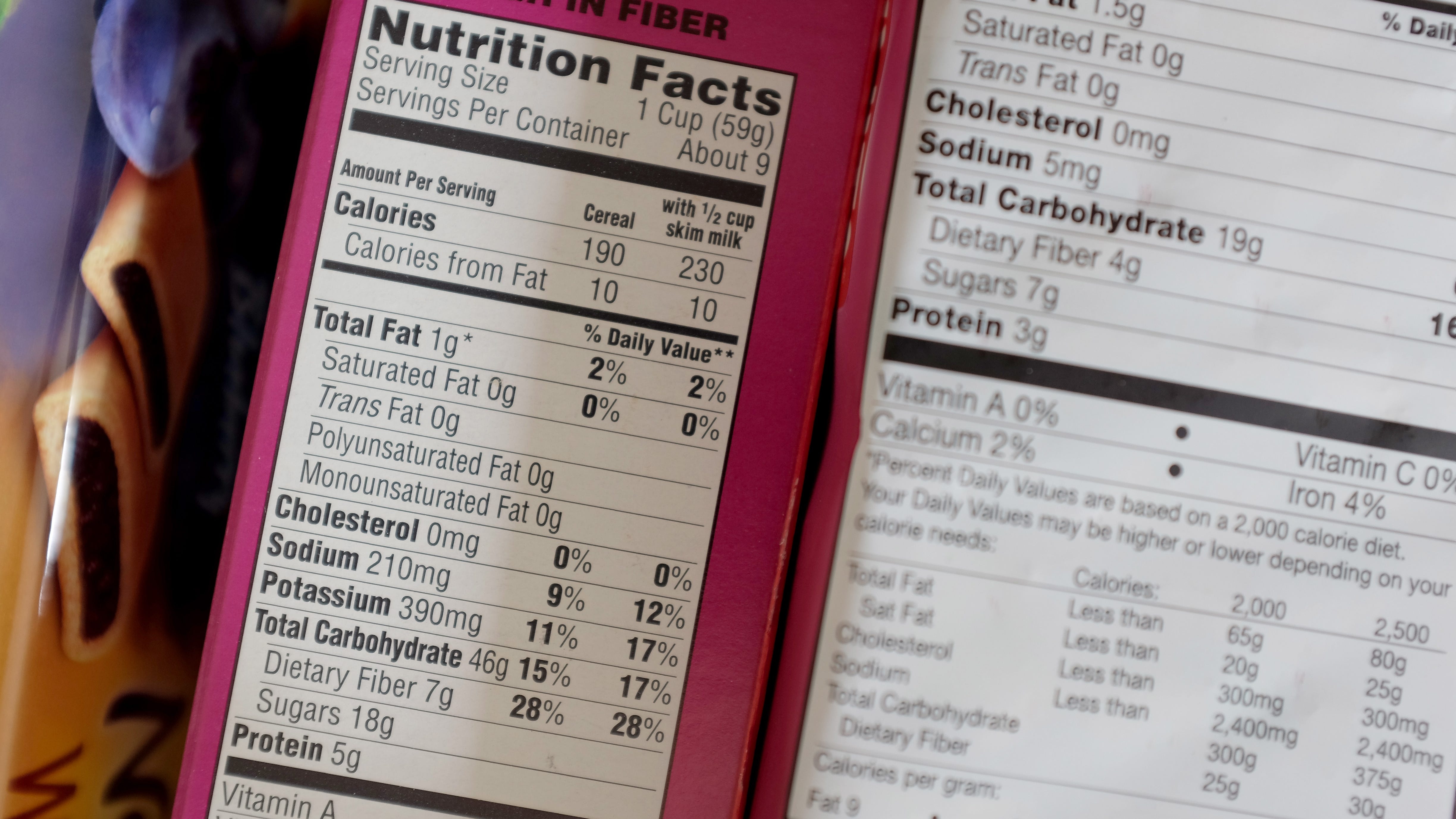





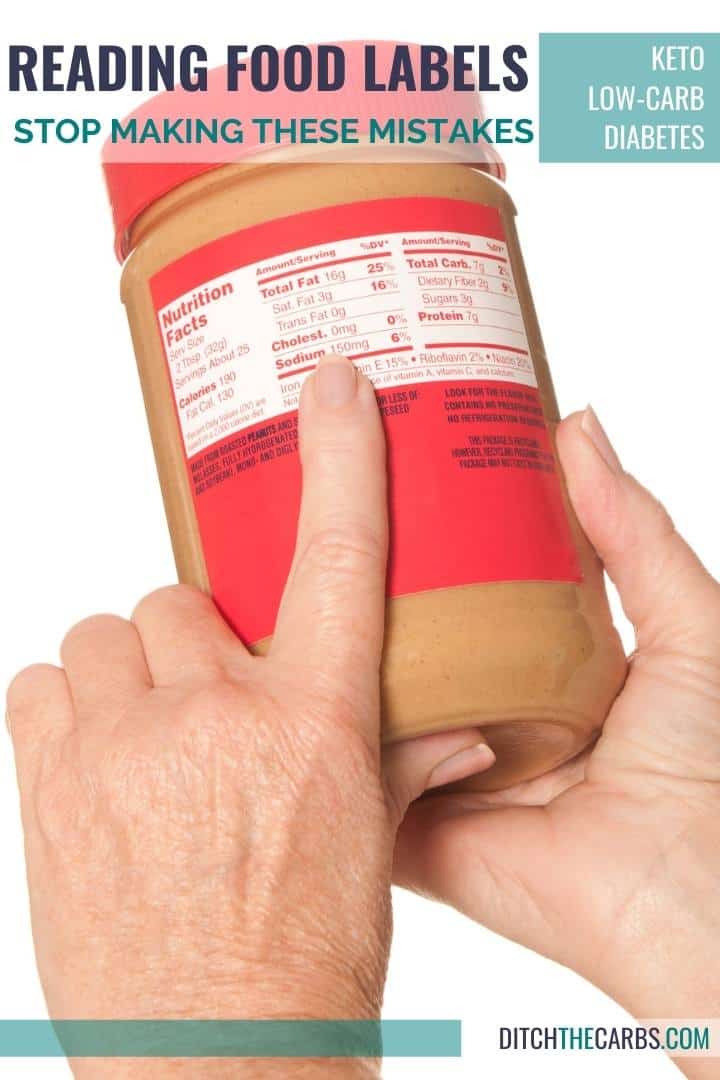

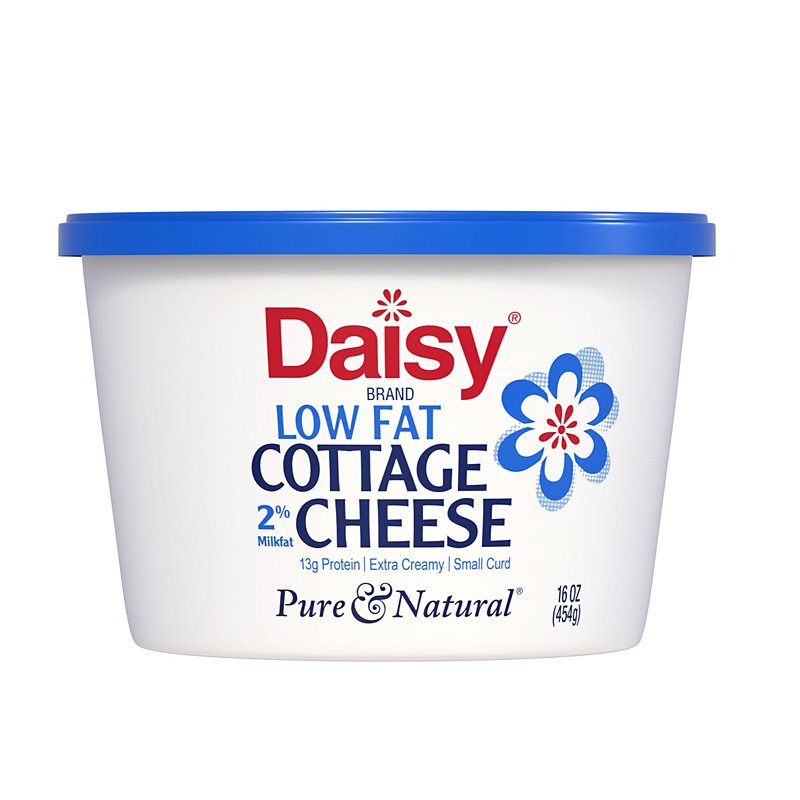

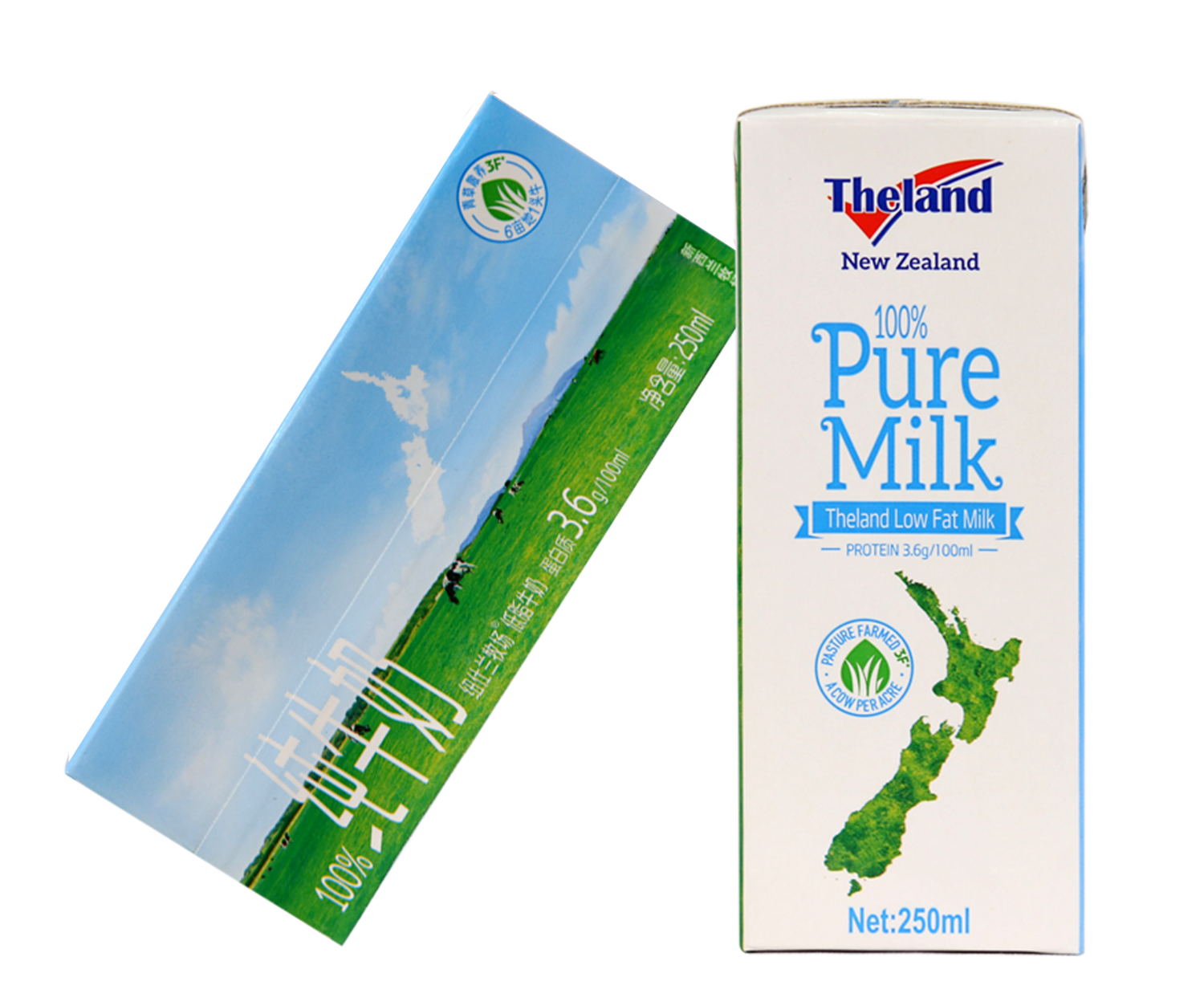
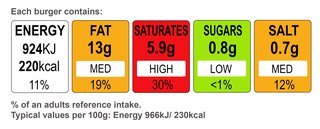
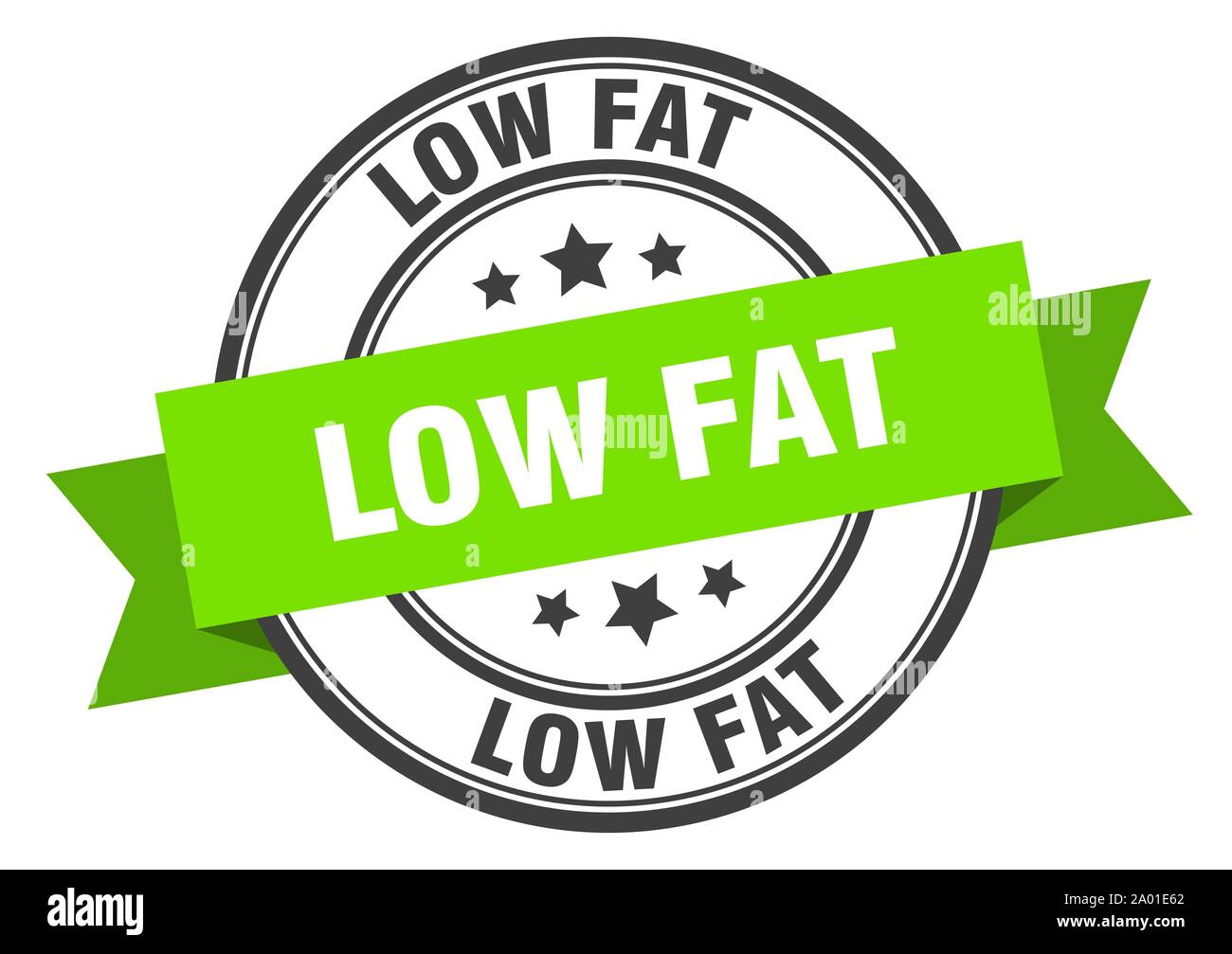

Komentar
Posting Komentar